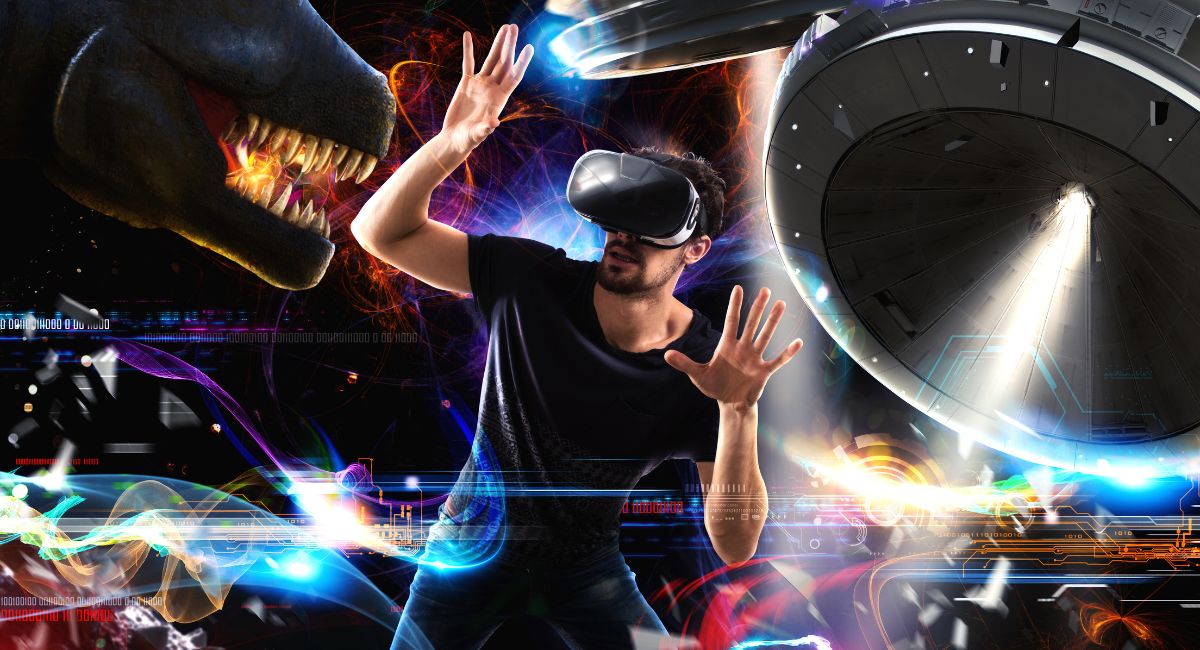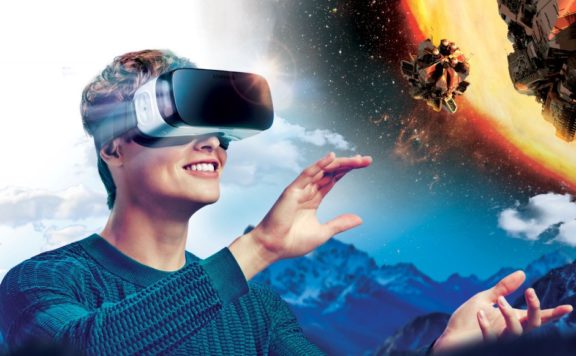
Over the past decade, virtual reality (VR) has fundamentally altered the landscape of the gaming industry, ushering in a new era of immersive gameplay experiences. This report examines how VR technology has changed gaming, focusing on player engagement, game design, interactivity, social experiences, and future potential.
Enhanced Immersion and Realism

At the core of VR's impact on gaming is its ability to create immersive environments that engage players in unprecedented ways. Traditional gaming experiences typically involve interaction through a screen, which limits engagement to visual and auditory inputs. In contrast, VR allows players to step directly into virtual worlds where their physical movements and actions directly influence the game environment. The combination of high-resolution graphics, 3D audio, and motion tracking enhances the sense of presence, making the virtual experiences feel lifelike and engaging[3][5]. VR technology effectively blurs the lines between the real and virtual worlds, providing players with unique opportunities to engage with the game in ways that were previously unimaginable[3][8].
For example, with VR headsets like the Oculus Rift and HTC Vive, players can look around freely in a 360-degree space, fully immersing themselves in diverse environments. This immersive nature of VR not only cultivates a deeper emotional connection with the game but also allows for greater player agency and exploration[1][10].
Innovative Gameplay Mechanics
\n\n\n Virtual reality, artificial intelligence and the gaming industry.\n
\n\n A technology camp in T\u00fcrkiye has brought together some of the world's youngest and brightest minds to pitch ideas to investors\n \n pic.twitter.com/FKceTcdZel\n \n
\n\n \u2014 TRT World (@trtworld)\n \n September 12, 2022\n \n
\n
The introduction of VR has also transformed gameplay mechanics significantly. Traditional controls, such as joysticks and buttons, have been replaced or supplemented by motion controllers that enable players to interact with their surroundings more naturally. This shift encourages physical movement, requiring players to walk, duck, or reach within the virtual environment. Such movements create a more intuitive and interactive experience[5][8].
Furthermore, physics-based interactions have become prevalent in VR gaming, as players can manipulate objects and navigate environments realistically. This emphasis on spatial awareness and physical interaction enhances the credibility of actions within games, making gameplay scenarios more dynamic[5]. Titles such as “Beat Saber” and “Superhot” exemplify how VR can be used to develop unique gameplay experiences that capitalize on these mechanics[10].
Social Interaction and Community Building

Another significant change brought about by VR technology is the enhancement of social interactions in gaming. VR creates opportunities for players to meet and engage with one another in virtual spaces, facilitating a sense of community that is often lacking in traditional gaming formats. Games like 'Rec Room' and 'VRChat' have become popular social platforms where players can gather, play mini-games, attend virtual events, and socialize[3][8]. This has transformed the multiplayer experience, allowing users to collaborate and communicate through avatars in a shared virtual environment, significantly deepening player connections and fostering friendships[1][8].
Moreover, as VR expands its potential beyond entertainment, it opens avenues for educational applications and therapeutic experiences. The immersive nature of VR helps in creating controlled environments for training simulations in fields like healthcare and aviation, making learning more engaging and effective[3][9].
Expanding Game Design and Storytelling Horizons
The evolution of VR has sparked innovation in game design and storytelling approaches. Developers are now experimenting with narratives that fully immerse players in interactive plots, leveraging the unique storytelling capabilities of the medium. Non-linear narratives and player agency can allow gamers to navigate branching storylines where their choices directly affect outcomes, offering a personalized gaming experience[8].
Furthermore, the integration of augmented reality (AR) with VR is beginning to blur the boundaries even further, combining digital elements with real-world environments. This fusion allows for innovative gameplay mechanics and storytelling techniques that involve players in unfolding narratives in their everyday contexts[8]. AR applications, like those seen in 'Pokémon Go' or 'Minecraft Earth,' encourage players to interact with their real surroundings and introduce new gaming dynamics that engage a broader audience.
Challenges and Future Prospects

Despite the promising advancements, several challenges must be addressed for the VR gaming industry to reach its full potential. The high cost of VR hardware remains a barrier to entry for many players, limiting widespread adoption. Additionally, issues such as user comfort — including motion sickness and the physical discomfort of wearing headsets for extended periods — pose significant challenges that developers are actively trying to overcome[3][4].
Looking ahead, the future of VR in gaming appears bright, as technological advancements continue to improve the accessibility and comfort of devices. Innovations in display technology, AI, and motion tracking are expected to enhance the overall gaming experience, making VR more appealing to gamers[5][9]. As developments continue, VR is likely to transcend traditional gaming and find applications in various sectors, including education, training, and social interaction, shaping a new cultural landscape for entertainment and communication[3][9][10].
Conclusion
In summary, virtual reality has not only changed how games are played but has redefined the gaming experience by enhancing immersion, promoting innovative gameplay, fostering social interaction, and expanding narrative possibilities. As technology continues to evolve, the potential for VR in reshaping not just gaming but broader social and educational contexts is substantial, paving the way for an interactive future where the lines between reality and virtual experiences continue to blur.
Get more accurate answers with Super Pandi, upload files, personalized discovery feed, save searches and contribute to the PandiPedia.
Let's look at alternatives:
- Modify the query.
- Start a new thread.
- Remove sources (if manually added).